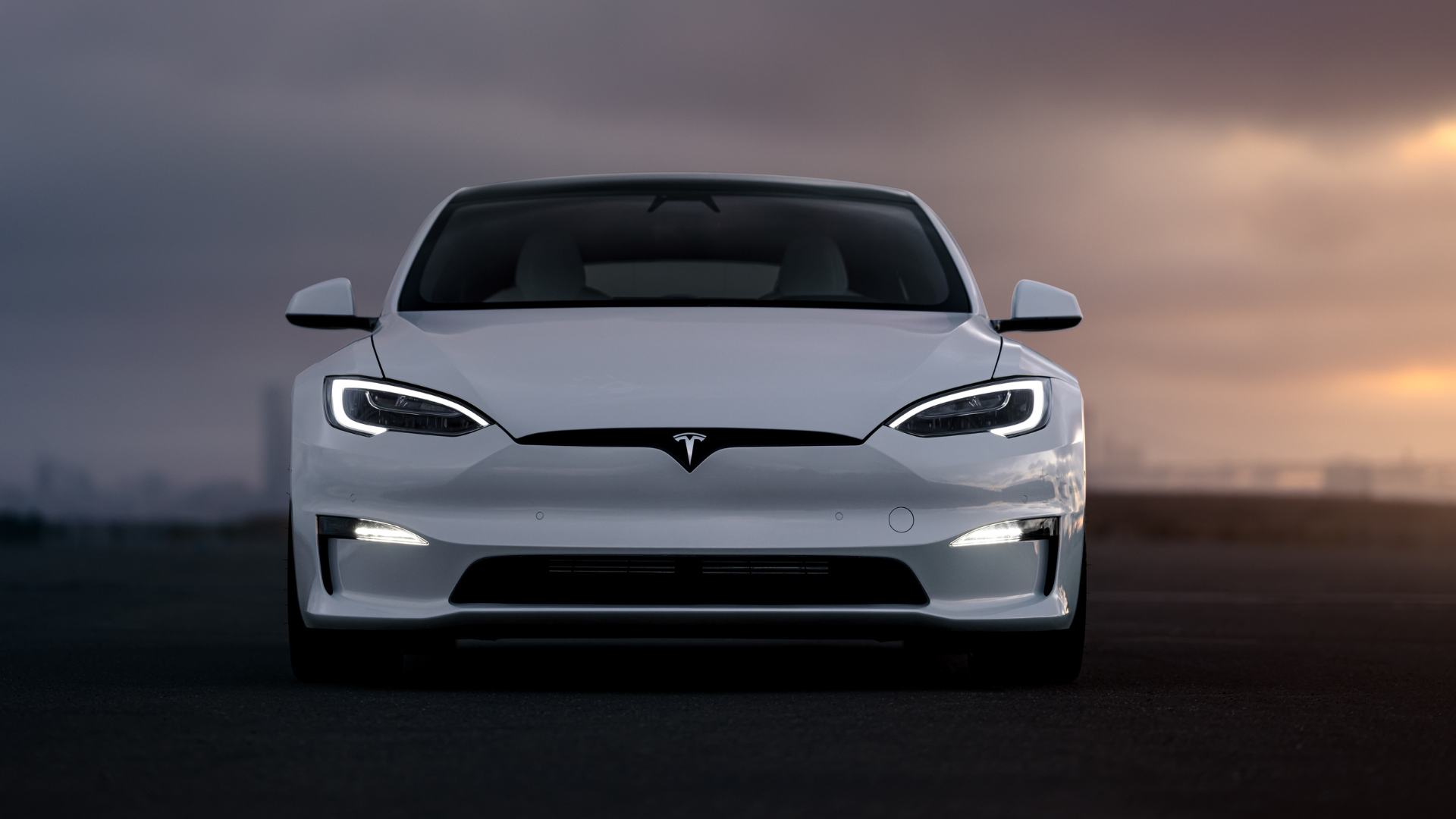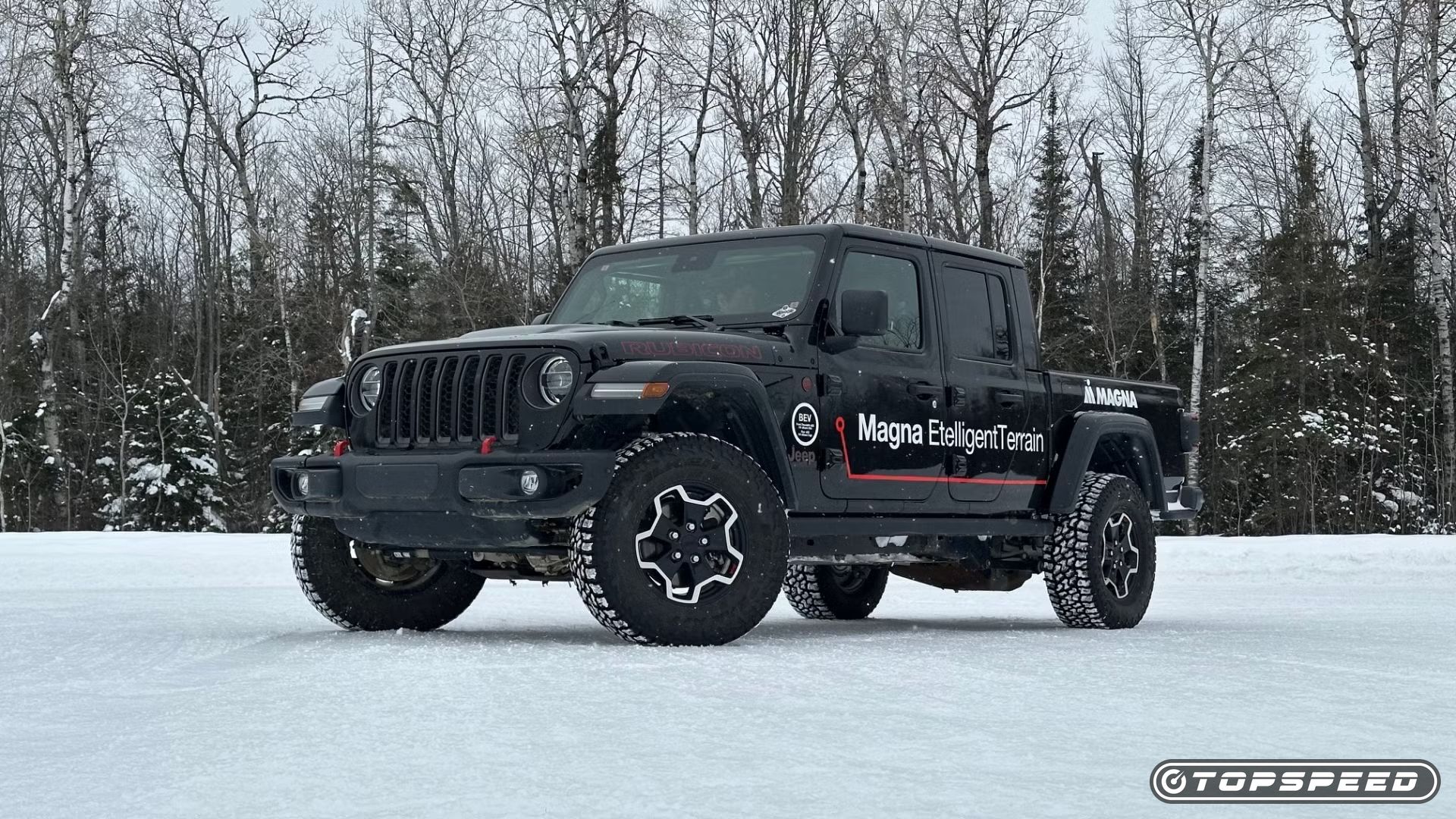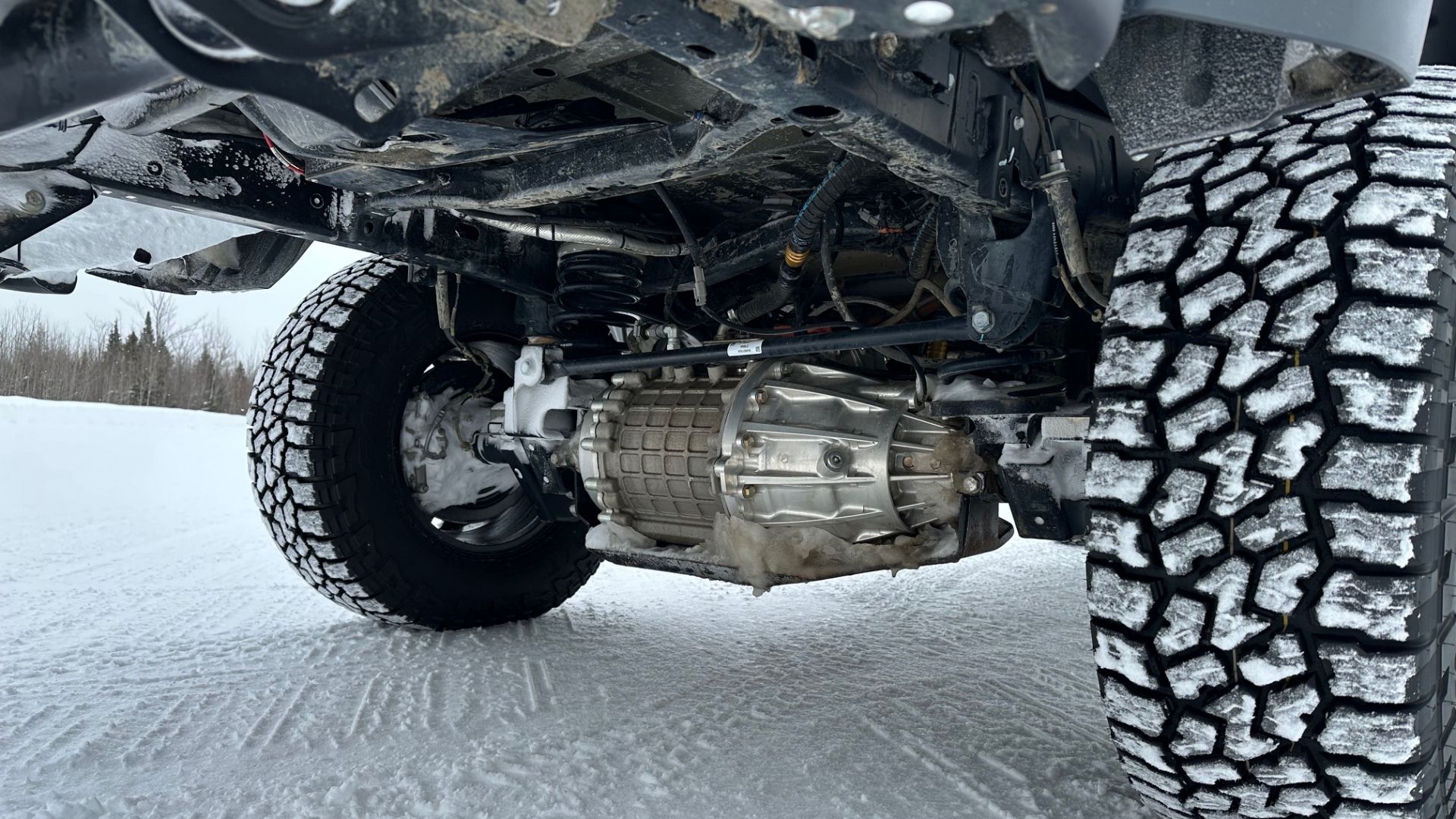Electric vehicle sales are growing in the U.S., but probably at a far slower pace than automakers had hoped given the years of development time and billions of dollars invested in the technology. Thanks to customer preferences, and ongoing regulatory uncertainty, many manufacturers are working overtime to introduce hybrid and plug-in hybrid vehicles, something that sounds like a big step backwards, though that is absolutely not the case.

Related
World’s Largest EV Battery Supplier Blacklisted By U.S. Department Of Defense
The DoD added CATL to a list that considers the company a threat to national security.
A Change Of Strategy, Not Technology
“It is a pivot in priority, but it’s not a major shift in technology,” explained Ryan Shaw, senior manager of product management at global automotive supplier company Magna during a one-on-one interview with TopSpeed. “I think our customers (automakers) are smart enough to not invest in something blindly or shut it off,” he added, meaning the OEMs Magna sells components to are not walking away from all the work they’ve done developing EVs, nor are they in the middle of some knee-jerk switch to hybrids.
“I think we’re seeing the OEMs making calculated decisions to use what they know and what is existing,” said Shaw. An all-electric drive unit designed to be installed in an EV, for instance, can, likely with relatively little work, also be used to power a hybrid vehicle. “The investment’s already there.”
Automakers, particularly ones in North America, have been pushing EVs in a big way for years, but the current automotive climate may present them with a unique opportunity. If manufacturers push some of their fully electric vehicles and related technologies out for a few years, Shaw said this “gives them a chance to just step back for a second and look at their electrification strategy and think, ‘Are we making the right decisions?’” And that appears to be what many companies are doing.
“We see our customers being smart and having product offerings that cover the ICE (internal-combustion engine) space – where they’re making money today – and have the BEVs (battery electric vehicles) for those that want them,” said Shaw. Automakers can then take that electrification technology and use it to fill the gap between these extremes with hybrids and plug-ins. This can help them meet government regulations, but it also provides “something that their end consumers want to buy,” and that’s hugely important for any business that, you know, actually wants to stay in business.
Hybrid Or Plug-In Hybrid? That Is The Question
When it comes to fuel-saving hybrid technology, be it conventional or plug-in, what are Magna’s OEM partners concentrating on right now? “I would say PHEV is more of the focus for our consumers,” said Shaw, ideally with around 50 miles of all-electric range. These drivetrains tend to be more complicated and expensive than regular hybrids, but plug-ins also come much closer to the capabilities offered by fully electric vehicles. Getting to 50 miles of electric range will be enough to meet the daily needs of many drivers. The only problem is, people have to plug these vehicles in to get the full benefits they provide.
“There’s a lot of resistance to change, especially in the North American market,” said Shaw, but plug-ins are easy to understand once you’ve driven one for a little while.
“It’s an exciting time to be at Magna,” said Shaw, especially as automakers pivot to making more hybrids that meet various motorists’ needs. “We see our OEMs spending a lot of time talking to their customers,” he added, “because at the end of the day, we’re trying to sell cars.”

